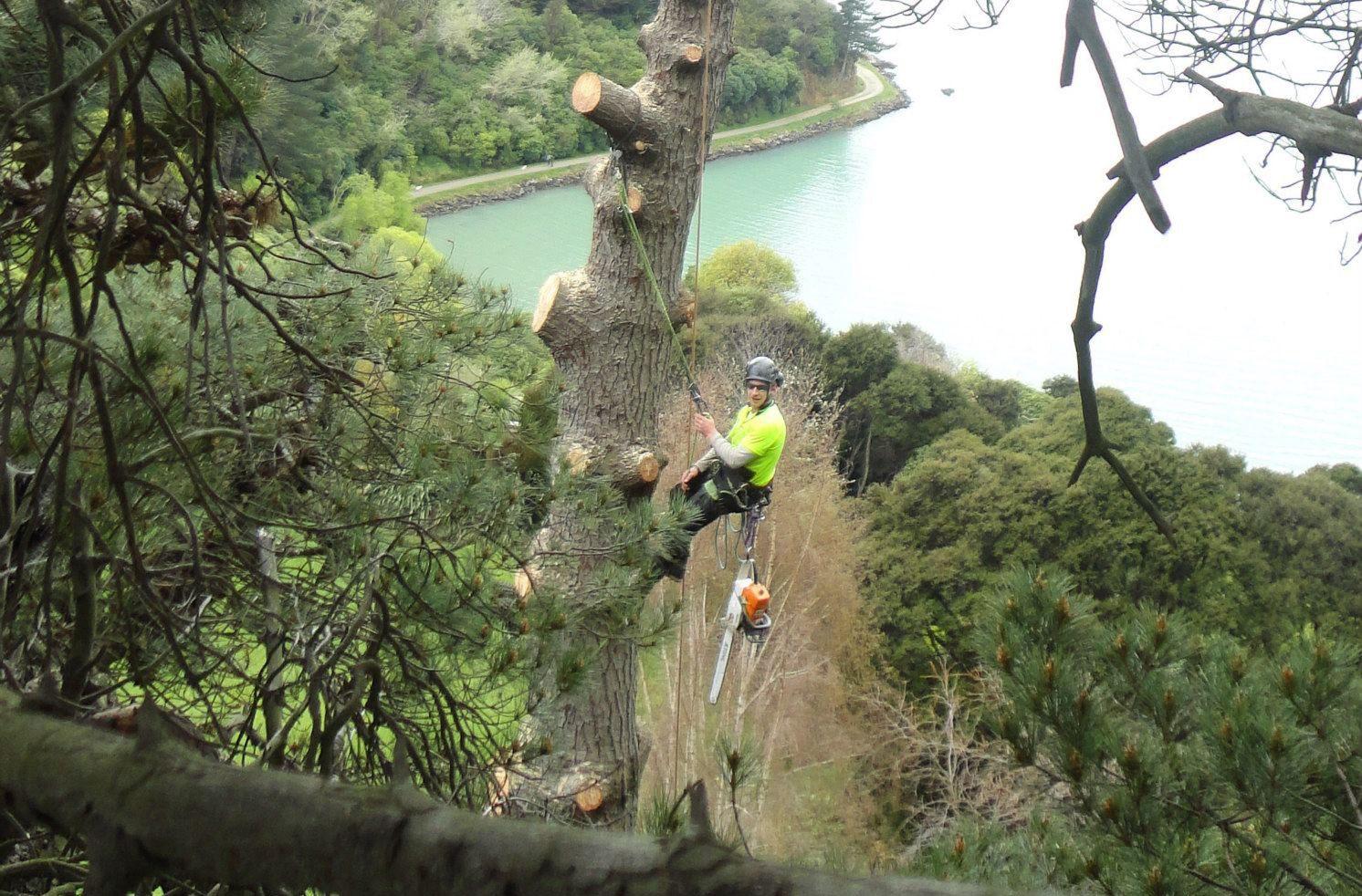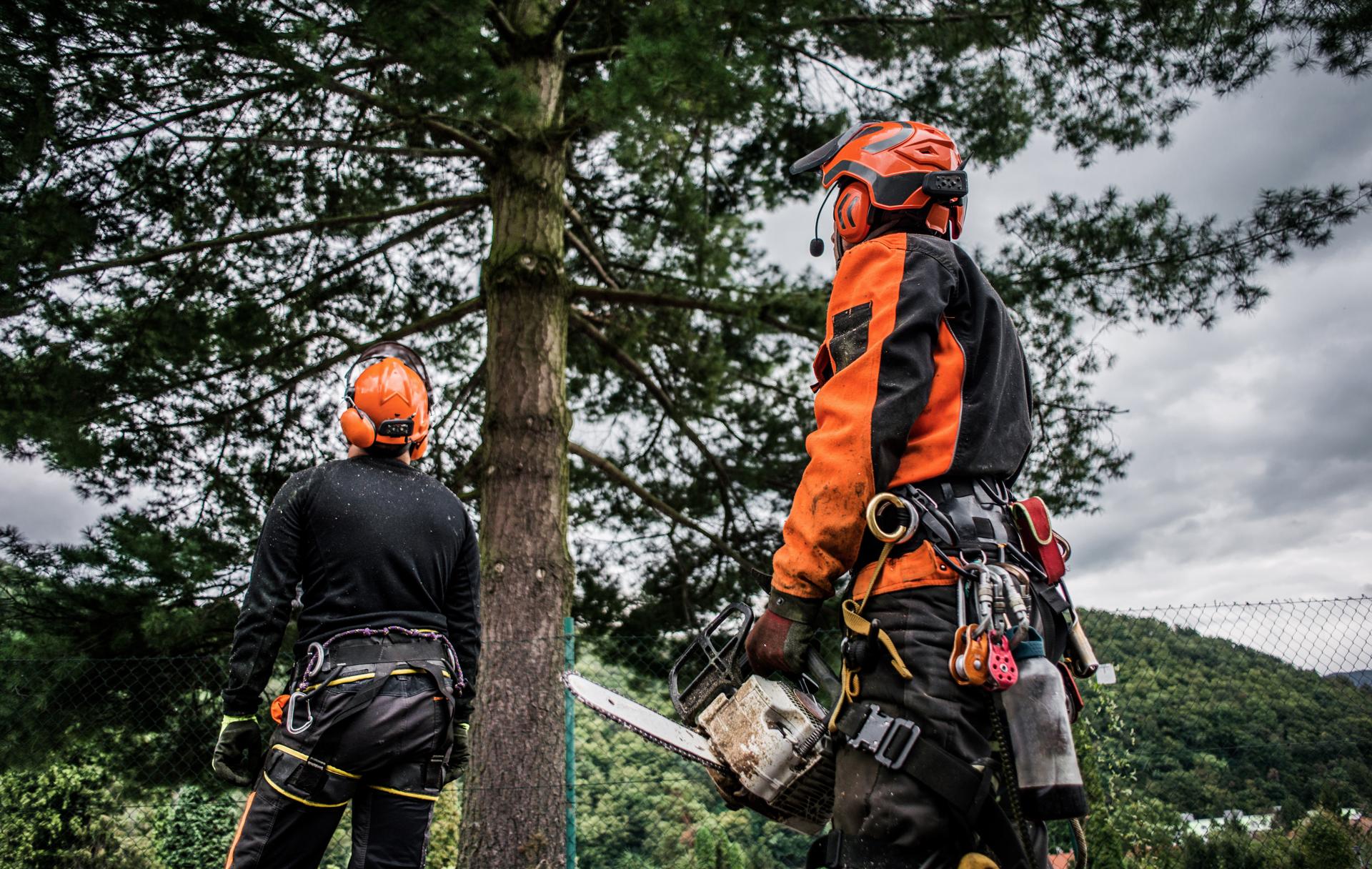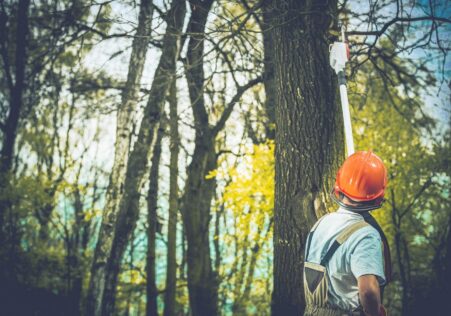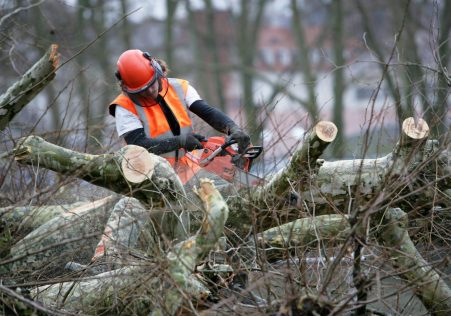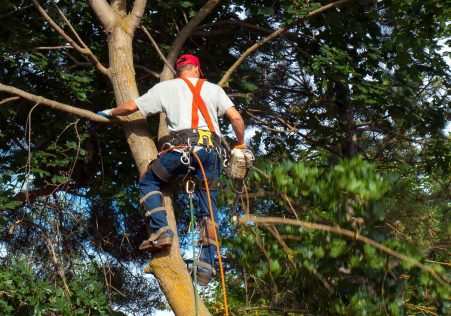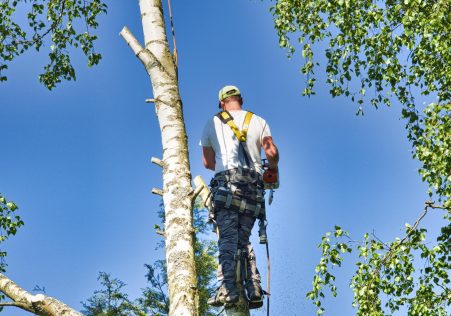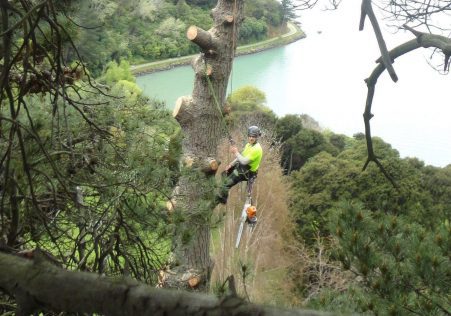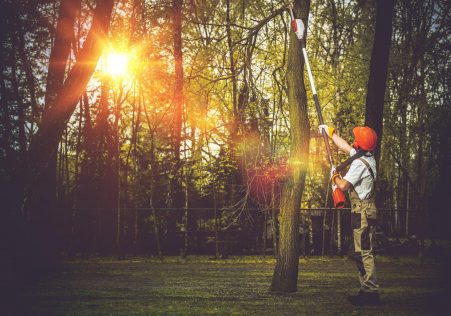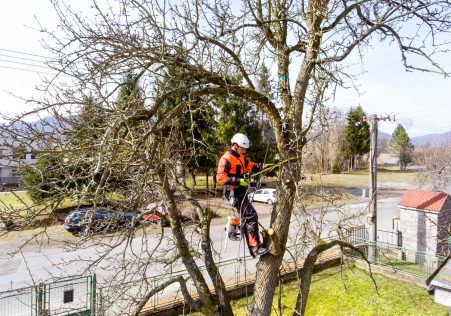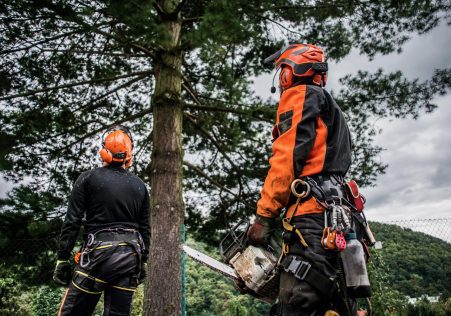The importance of protected Trees and How to Identify Them
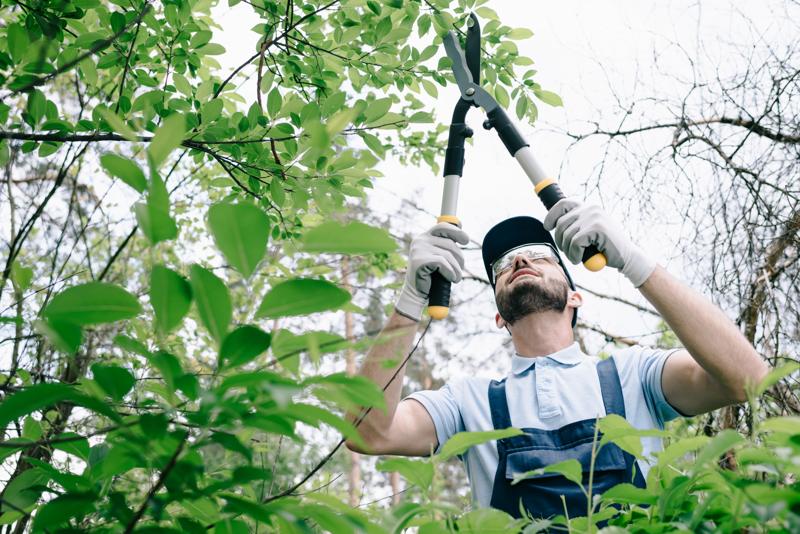
Trees play an important role in our environment as they provide shade, clean air, and aesthetic value to our surroundings. However, not all trees are identical and some are granted extra protection status, which makes it illegal to do any work without obtaining permission. If you are considering having a tree removed it is essential to know the status of protection for the tree being considered, and the steps you need to take to ensure compliance with the legal requirements. The following article we will help you understand the process of discovering whether the tree is safe and exactly what steps you need to do to ensure that you are following the law.
What is a protected tree?
A protected tree is one that can be subject to specific laws and regulations and it is unlawful to carry out work on a protected tree without having the appropriate permissions. There are two kinds of protection a tree could be protected by - preservation and protection orders that are statutory.
Statutory protection
As a matter of legal protection trees are protected by laws and in the hands of Tree Preservation Orders (TPOs). TPOs are enacted by local authorities to protect trees of significant public value and ensure they are not damaged or destroyed.
Preservation orders
Preservation orders are similar to TPOs , but are issued by the Secretary of State for the Environment. The trees that are protected by preservation orders are considered to be of exceptional value and are shielded from all work, which includes the felling.
How can I tell when a tree is in danger?
To determine whether the tree is protected, you must to verify if it’s in the process of being subject to a TPO or preservation orders. This can be done by contacting the local authority and asking them to search for records.
TPO search
If you want to find an TPO, you can contact the Tree and Woodland officer of the local authority. They can inform you whether the tree is in the protection. They will also be able to advise you on the next steps to follow if the tree is protected.
Preservation order search
In order to search for a preservation permit, you will need to contact secretary of state for Environment. They can tell you whether the tree is in the protected zone and will provide the required information and guidelines.
FAQs:
What is the consequence if I do work on a protected tree without permission?
If you do work on a tree that is protected without the appropriate permits, you could be facing substantial fines and even imprisonment.
Can I appeal to a TPO or preservation order?
You can appeal to a TPO or preservation or TPO if you believe that it is not justified. But, you’ll need be able to present evidence to back your argument and demonstrate why the TPO or order to preserve isn’t needed.
Can I remove a protected tree?
It is unlawful to take down trees that are protected without permission from the appropriate authorities. If you need removal of the tree, you will need to request permission and submit evidence to support your case.
Conclusion
In conclusion, discovering whether the tree is protected is an essential step to ensure that any tree work is carried out legally. Understanding the different kinds of protection and how to identify them it is possible to be sure that you are acting within the law and protecting the trees that you are responsible for. If you are unsure about the status of protection for a tree, we recommend consulting a reputable tree specialist like Brisbane Tree Removal Arborists. Our team of experienced arborists can advise you about the protection status of your trees and guide you through the required steps to make sure you’re acting within the law. With our knowledge and dedication to providing top-quality tree care We can assist you to keep the beauty and value for your tree. Contact us now at 0485 882 824 to schedule a consultation, and let us assist you to ensure that your trees are protected and healthy.

